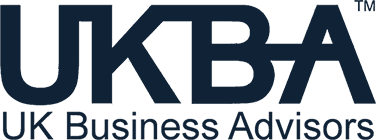
Data shows that over half of SMEs are affected by delays in receiving customer payment, with many hours spent chasing unpaid invoices. It’s an unnecessary strain on small businesses, leading to a great deal of frustration.
More crucially, with an estimated £17.5 billion owed in late payments across UK SMEs, there can be severe impacts on cash flow. If left unaddressed, some businesses may fail to meet their own financial commitments, culminating in debt and disruption.
In these circumstances, invoice finance can be a lifesaver. Small businesses will use it to improve cash flow while they await customer payment. We’ve explained invoice finance in more detail below, including when to use it and why.
What is invoice finance?
Invoice finance unleashes capital tied up in your unpaid invoices. You borrow money based on the outstanding amounts owed to you, with your customer invoices used as collateral. The lender provides an advance against the invoices and when the client pays your invoice the balance is paid less their fees.
Typically, you will receive between 80 and 90% of the total invoice value. You will need to pay some fees to the lender of around 0.25-3% of the overall value, as well as interest. It’s worth comparing multiple providers and getting quotes to find the most competitive deal.
Invoice finance typically comes in two forms, as per below:
- Invoice factoring, where credit control is given to the lender and the lenders interest is disclosed to your customers.
- Invoice discounting allows you to keep confidential the agreement as your customer will continue to pay you albeit into a trust account and credit control remains with you.
Whichever you use, there are some things to consider. You can borrow the money for a maximum of 90-120 days after the invoice date, so you need to keep on top of your credit control. At the end of this agreed period, the money is recourse, thereby reducing the funds you have available to drawdown. Your credit management policy could prove key to retrieving your funds in these instances.
Invoice finance is a cashflow solution, so it should not be used to address more substantial underlying issues within a business.
Why use invoice finance?
The main advantage of invoice finance is that it helps to ease cash flow issues that your business may face. By filling this funding gap, you will continue to meet your financial commitments.
While there will be some associated fees with any invoice funding you get, it is often cheaper than getting an overdraft or conventional loan, making it a cost-effective way to boost cash flow. It also offers a fast release of cash, with up to 90% of the value of your invoices available in 24 hours.
Most businesses will be able to access invoice finance, as the only collateral required is your unpaid invoices. As turnover increases, you will benefit from higher funding limits and lower costs. In this sense, it is a valuable strategic tool, especially if you find yourself commonly burdened by late payment issues.
If you are struggling with cash flow issues in your business, it is essential to act swiftly with appropriate funding support. If you have any questions or require assistance with funding, get in touch today.
